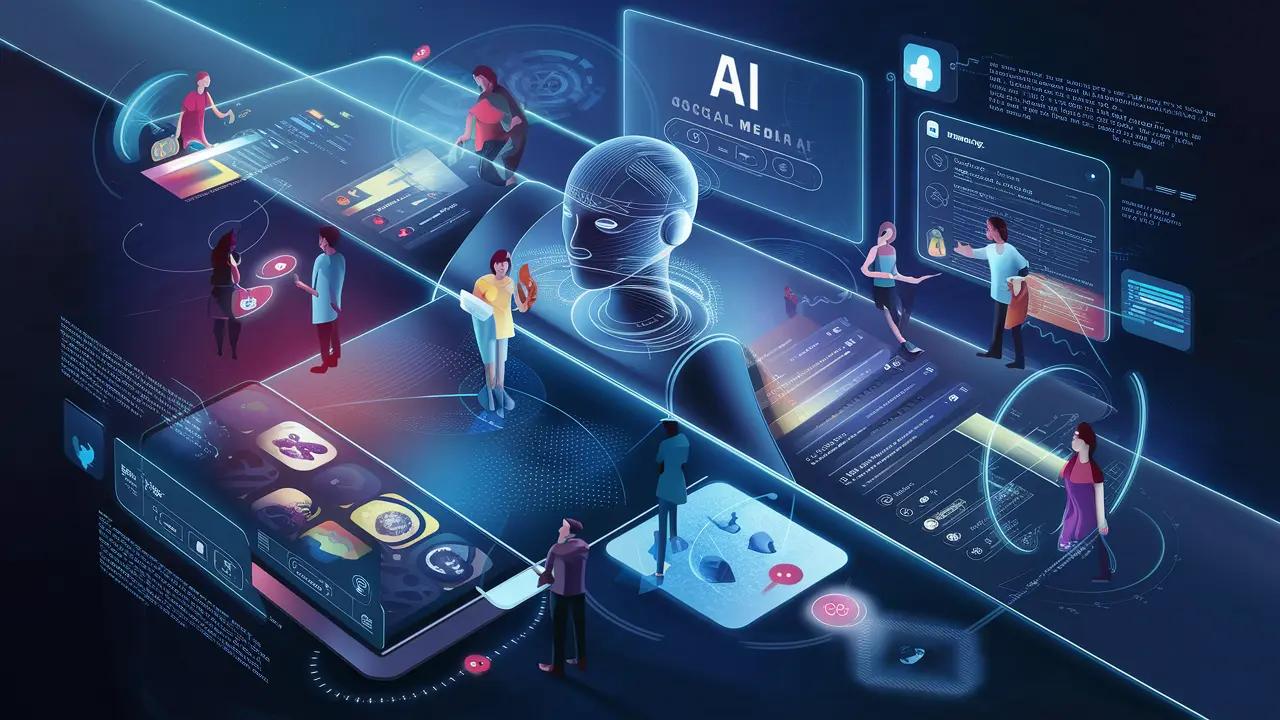July 16, 2024|8 min reading
Unlocking the Mind: How AI Reconstructs Thoughts with Medical Imaging

In recent years, the intersection of artificial intelligence and neuroscience has given rise to groundbreaking innovations. One such innovation is the ability to reconstruct images that individuals think of, using advanced medical imaging techniques combined with diffusion models. This concept, which sounds straight out of science fiction, has seen significant advancements thanks to the dedication of researchers and the capabilities of modern AI. In this comprehensive article, we delve into how this technology works, its implications, and the potential future applications.
The Promise of Combining Medical Imaging and Diffusion Models
Medical imaging, particularly functional magnetic resonance imaging (fMRI), has long been used to understand brain activity. By capturing detailed images of the brain, fMRI allows scientists to observe which areas are activated during various tasks and thoughts. However, the ability to reconstruct what someone is thinking by analyzing these images requires a leap in technology and understanding.
Diffusion models, a type of generative AI, have shown promise in translating these brain activity patterns into recognizable images. These models work by understanding and predicting the way information diffuses through data, making them adept at creating detailed images from abstract patterns.
Understanding the Basics: How fMRI and AI Work Together
Functional MRI (fMRI): Functional MRI is a technique that measures and maps the brain's activity. When a person thinks or looks at an image, specific regions of the brain show increased blood flow, indicating activity. fMRI captures these changes, creating a map of brain activity that researchers can analyze.
Diffusion Models: Diffusion models are a class of AI that excel at generating high-fidelity images from complex data. They work by modeling the way information spreads and evolves within a dataset. When applied to fMRI data, these models can reconstruct images by interpreting the patterns of brain activity.
The Process: From Thought to Image
Data Collection: The first step involves placing a subject in an MRI scanner and showing them various images. As the subject views these images, the fMRI captures detailed maps of their brain activity.
Training the AI: Using the collected fMRI data, the diffusion model is trained to recognize the patterns associated with specific images. This involves a significant amount of data processing and learning to ensure the AI accurately correlates brain activity with visual stimuli.
Image Reconstruction: Once trained, the AI can then take new fMRI data and reconstruct the images that correspond to the subject's thoughts. This means that if a person thinks of a specific image, the AI can generate a visual representation based solely on their brain activity.
Challenges and Ethical Considerations
Data Noise and Accuracy: One of the main challenges in this field is the accuracy of the data. fMRI scans are incredibly detailed but also noisy. Ensuring that the AI can differentiate between relevant and irrelevant data is crucial for accurate image reconstruction.
Ethical Implications: The ability to read and reconstruct someone's thoughts raises significant ethical questions. Issues of privacy, consent, and potential misuse of this technology must be addressed. As with any powerful technology, it is essential to establish guidelines and safeguards to prevent abuse.
Real-World Applications and Future Prospects
Medical Diagnostics: One of the most promising applications of this technology is in the field of medical diagnostics. For patients in comas or with severe communication impairments, this technology could provide a way to understand their thoughts and experiences, offering a new avenue for treatment and care.
Creative and Artistic Expression: Artists and creatives could use this technology to bring their imagined worlds to life. By simply thinking of an image, they could generate detailed visual representations, pushing the boundaries of artistic expression.
Enhanced Human-Computer Interaction: The ability to control devices and interfaces through thought alone could revolutionize human-computer interaction. This technology could lead to more intuitive and seamless ways of interacting with machines, from controlling prosthetics to operating complex machinery.
The Road Ahead: Integrating AI and Neuroscience
The integration of AI and neuroscience is still in its early stages, but the potential is immense. As researchers continue to refine these techniques and address the challenges, we can expect to see even more impressive advancements in the coming years. The ability to decode and reconstruct thoughts is just the beginning, opening the door to a future where the boundaries between mind and machine are increasingly blurred.
FAQs
Can this technology read anyone's thoughts? No, the technology is not yet capable of reading thoughts from just anyone. It requires extensive training and specific conditions to work effectively.
Is the image reconstruction always accurate? While the technology shows promise, it is not always 100% accurate. The reconstructed images may not be perfect representations but can capture the general essence of the thought.
How long does the process take? The process can vary, but it generally requires several hours of MRI scanning and data processing to train the AI effectively.
Are there any health risks associated with this technology? fMRI is a non-invasive and safe procedure. However, it can be uncomfortable for some people due to the need to remain still for extended periods.
What are the limitations of current diffusion models? Current diffusion models are limited by the quality and quantity of data available. Noise in the data and the need for extensive training are significant hurdles.
How soon can we expect this technology to be widely available? Widespread availability will depend on further research, ethical considerations, and regulatory approvals. It may take several years before it becomes commonplace.
Conclusion
The combination of medical imaging and diffusion models represents a fascinating frontier in the field of neuroscience and artificial intelligence. The ability to reconstruct images from thoughts not only pushes the boundaries of technology but also challenges our understanding of the human mind. As researchers continue to explore and refine these techniques, the potential applications are vast and varied, promising to revolutionize everything from medical diagnostics to artistic expression. By staying informed and engaged with these developments, we can better navigate the ethical and practical implications, ensuring that this powerful technology is used for the greater good.
Explore more

NVIDIA: Leading the AI Revolution
Discover how NVIDIA is pioneering the AI revolution, transforming industries with advanced GPU technology and ethical AI...

Will AI Replace Programmers and Software Engineers? Future of Coding Jobs
Discover if AI could replace programmers and software engineers. Explore the impact, benefits, limitations of AI in pro...

AI in Social Media: Enhancing User Experience and Addressing Challenges
Explore how AI is transforming social media by enhancing user experience, personalizing content, and addressing challeng...
